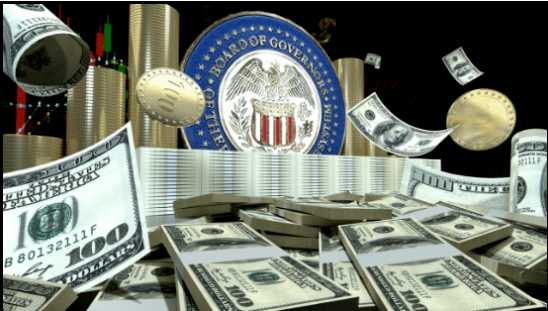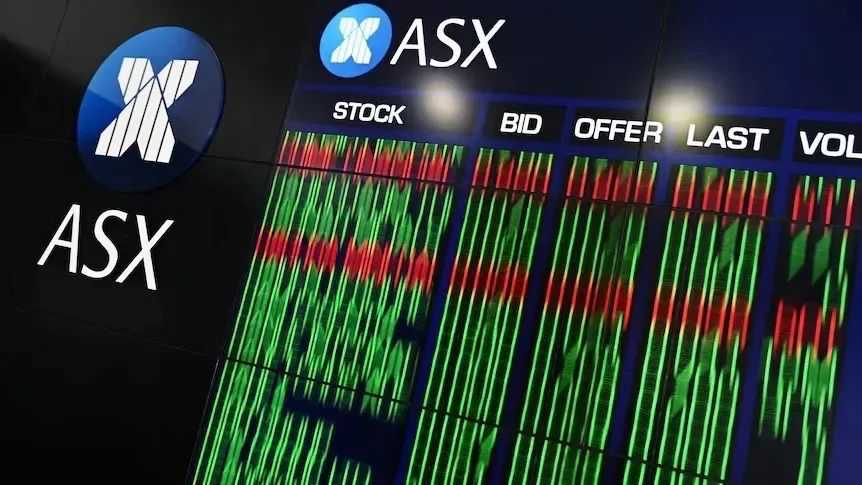Search for information
US Economic Data Highlights: Trade Deficit Hits Record High, Housing Indexes Vary, and CDS Costs SurgeThe US economic landscape showed several notable trends in recent data releases. In March, the US merchandise trade deficit ballooned to $162 billion, a 9.6% increase from the previous month and a new all - time high, well above the expected $142 billion. This was mainly driven by businesses "rushing to import" ahead of tariff implementations, which pushed the total import value to $342.7 billion, a 5% year - on - year increase. Consumer goods imports hit a record high, and imports of autos and capital goods also rose significantly.
May 13, 2025, 2:08 pm EDT

Source: Images from the Internet, if there is any infringement, please contact the removal of

New Poster Released for the Film Descension
A new poster has been released for the movie Descension. In the film, Riya wakes up amidst chaos and is shocked to find her companions, including Kevin, lying dead in a pool of blood. Riya suffers from an excruciating headache and can't remember how this tragedy occurred. At this moment, Brion, who has been on a mission outside, returns. He comforts Riya and helps treat her. According to Brion, all of this seems to be caused by Clarke, who has lost control after being infected with a certain virus. Riya is skeptical of this explanation. Gradually, Riya's memories start to piece together.more

S&P/ASX 200 Index Rises on Trade Talks Hope
The S&P/ASX 200 index closed 92.4 points higher, or 1.13%, on Friday. Expectations of a possible easing of the China - US trade impasse drove the index to its best weekly performance in nearly two years and to a two - month high. The statement by the Ministry of Commerce that it is "evaluating" the request from US trade officials to launch trade negotiations further boosted investor confidence.more

Jeremy Allen White of "The Bear" Series to Star in "The Mandalorian and Grogu"
Jeremy Allen White of "The Bear" Series to Star in "The Mandalorian and Grogu"more

Brisbane 2032 Olympics: Queensland Government Simplifies Preparation Work
The Brisbane 2032 Olympics is set to receive a boost from the Queensland government. This week, a joint statement was released, announcing the introduction of new amendments to streamline the preparations for the 2032 Olympics. These amendments will enable Olympic venues to bypass some major planning regulations.more

New Poster Unveiled for Nicole Kidman's Upcoming Film 'Holland, Michigan'
A new poster has been released for Nicole Kidman's latest film Holland, Michigan. In the movie, Nancy Vander Groot, a teacher in Holland, Michigan, played by Nicole Kidman,more

Australia's Exports to US Surge, Reversing Trade Deficit
In the three months to March 2025, Australia's merchandise exports to the US surged more than three - fold year - on - year to A $16.7 billion, creating a trade surplus of A $4.1 billion and reversing a deficit of A $6.2 billion in the same period last year. Driven by the hedging demand triggered by Trump's tariff policies, the export of gold has become a key driving forcemore

U.S. News & World Report Releases the Best Jobs of 2025 in the U.S.
U.S. News & World Report Releases the Best Jobs of 2025 in the U.S.more


